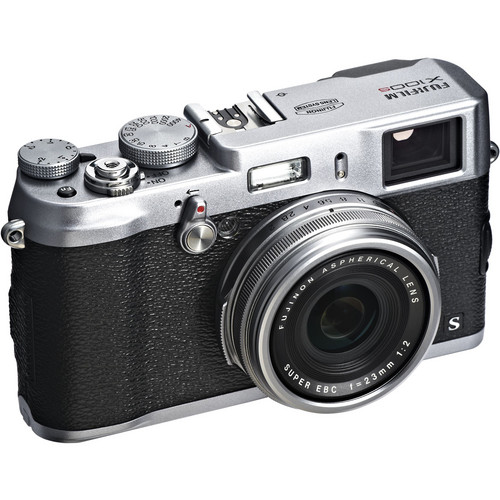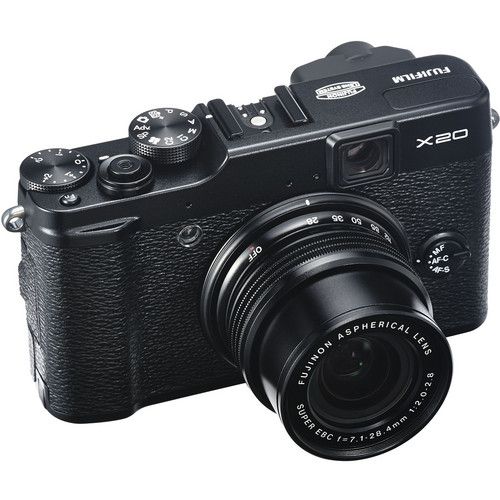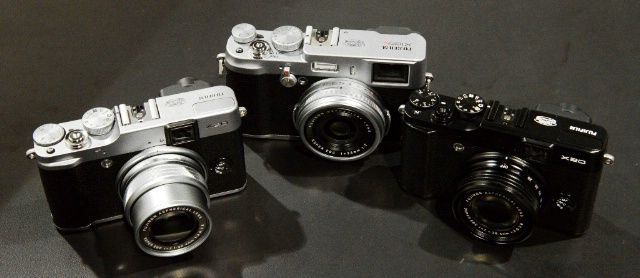
This is probably not new to our readers here, but it is nice to see how the technological innovation Fuji is pushing gets featured on The New York Times gadget blog. The talk is about the X-Trans sensor. As most of you probably know, with its X-Trans technology Fuji is trying to overcome a limit of modern digital sensor: moirè artifacts.
How does moirè become an issue? For this reason:
A camera’s light sensors are made of an array of tinier photo sensors usually set to detect red, green or blue light. Those smaller sensors are most often laid out in an orderly grid pattern called a Bayer array.
That causes a problem. When the orderly array of sensors takes a picture of some equally orderly patterns, say, a houndstooth jacket, or close parallel lines, an irregular wavy shadow or rainbow seems to appear over the image. That is called a moiré pattern.
That's a problem in a lot of settings, and no one likes visible moirè on his or hers killer shot. There are obviously various methods to avoid or to correct such artifacts, for instance via software processing. But wouldn't it be much smarter if you can avoid moirè by implementing a different sensor design, i.e. a sensor that does not rely on the Bayer array?
Fuji did that. And they did it taking inspiration from their knowledge about film. Moirè has never been an issue in the good old film days. The (simple) reason: the crystals on a film and photo paper are never placed in a regular, grid-like way. Hence, build a sensor where the photo diodes are positioned in a random way, effectively replicating how crystals are laid out on film, and you can avoid that pesky moirè.
Designing a sensor that way means you can avoid to put a low-pass filter on the sensor. That, on the other hand, means an increase in resolution. Unfortunately there is a little drawback: With the exception of [shoplink 6525]Capture One Pro 7[/shoplink] and Silkypix all current RAW converters and photo editing software are coded to work with images taken with sensor that implement the Bayer technology. That means you either shot JPEG or have to use Fuji owns software to prepare RAW files for further processing.
The X-Trans sensor is featured on all new Fuji cameras, starting from the $600 Fuji X20, on the X100S (price & specs) and the [shoplink 6136]Fuji X-Pro1 (price & specs)[/shoplink]. Fuji explains the technology here.
Fuji X100s pre-order options: Amazon | B&H | AdoramaFuji X20 pre-order options: Amazon | B&H | AdoramaFuji X-Pro1 price check: [shopcountry 6136]
[NYT, via PetaPixel]





